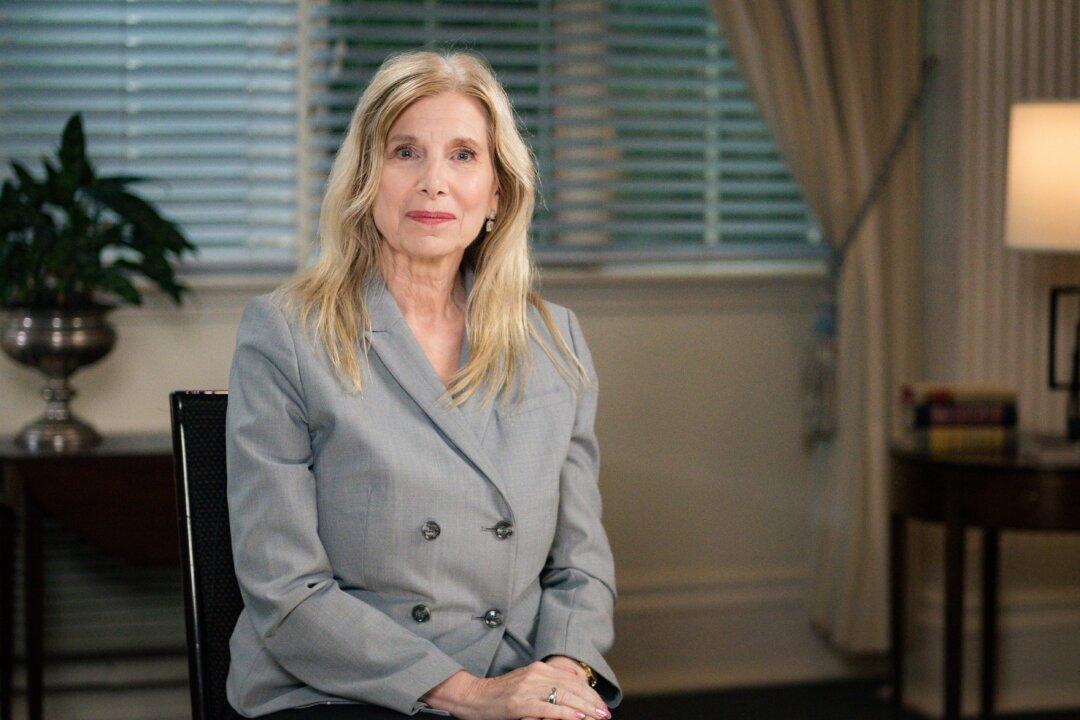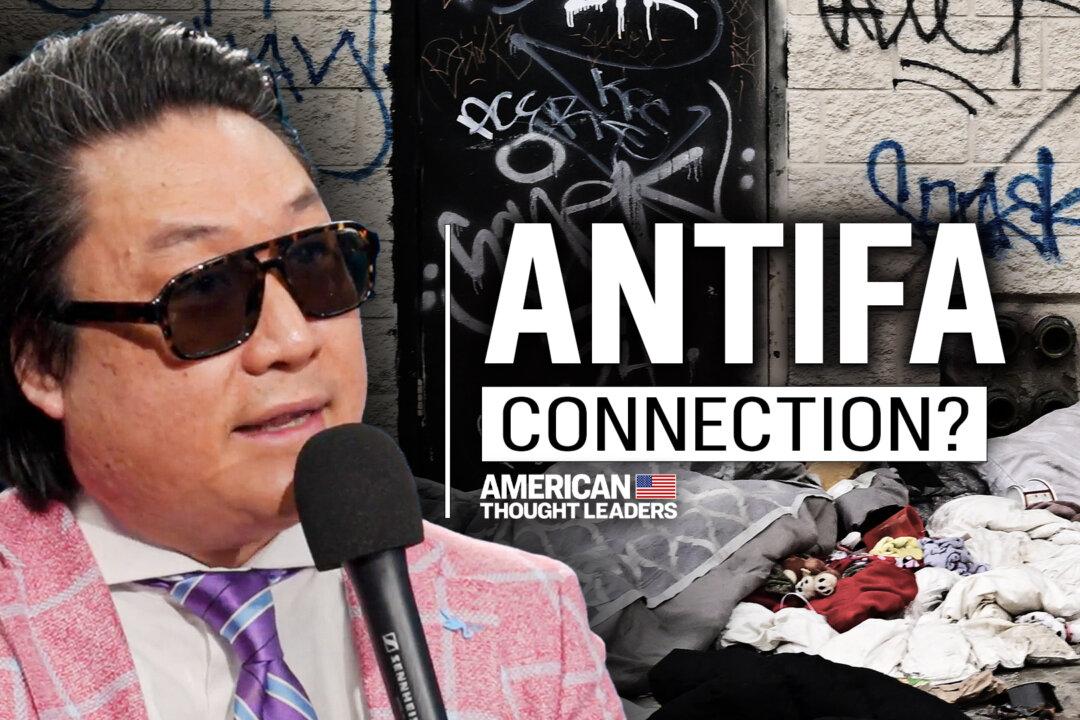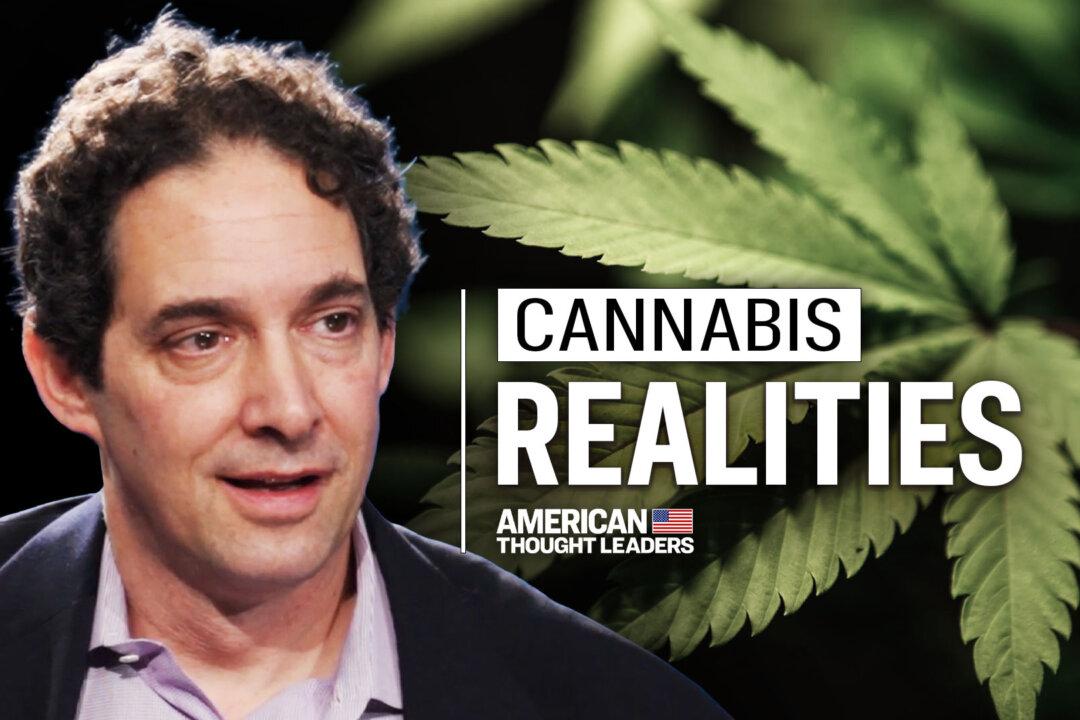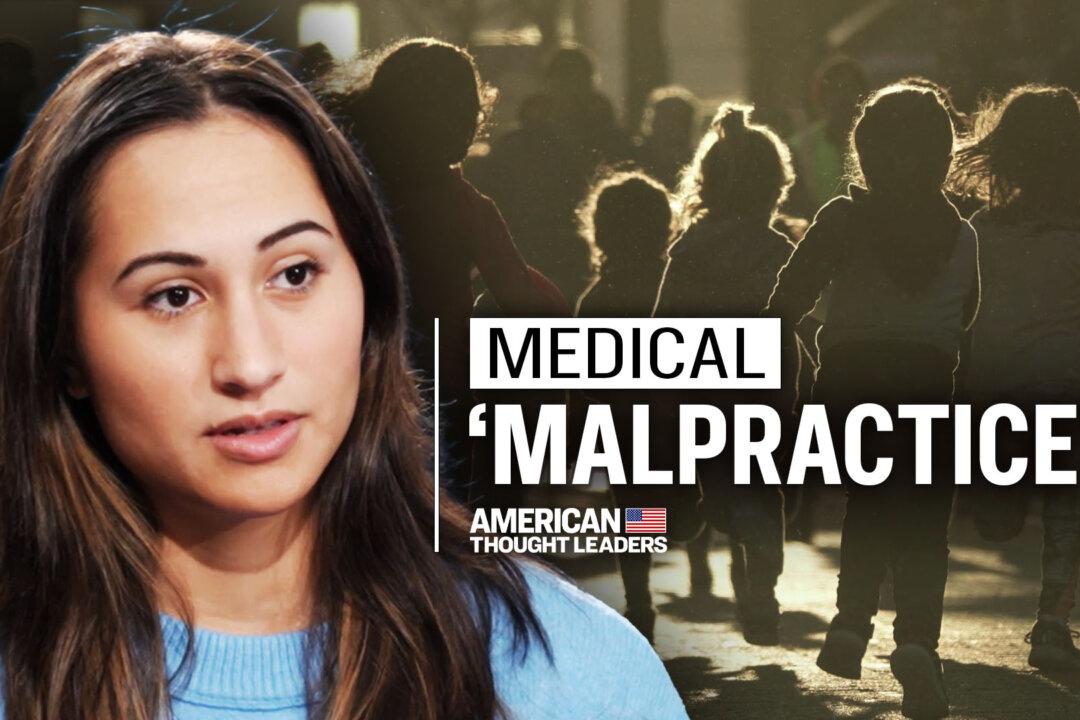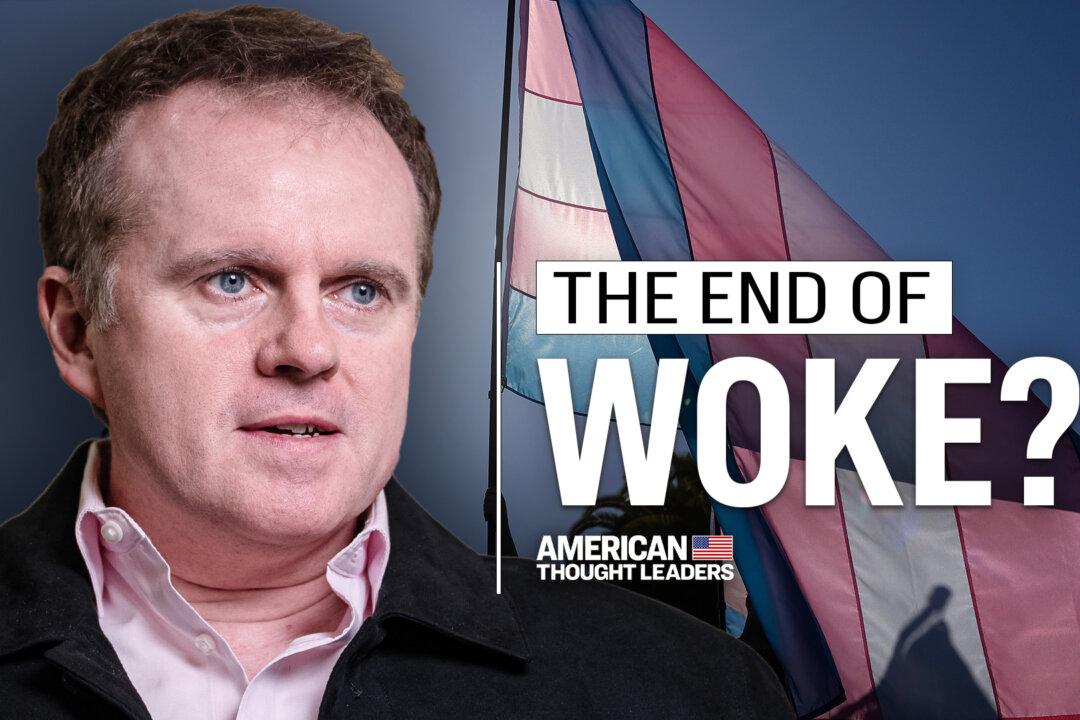In a recent episode of “American Thought Leaders,” host Jan Jekielek meets with Stella Paul, the pen name for a writer investigating what she describes as “deadly” hospital protocols during the pandemic—and the financial incentives behind them. Ms. Paul has spent 15 years covering medical topics.
Jan Jekielek: You’ve been doing remarkable work looking at the hospital deaths that happened around COVID-19. How did you get involved in this?
